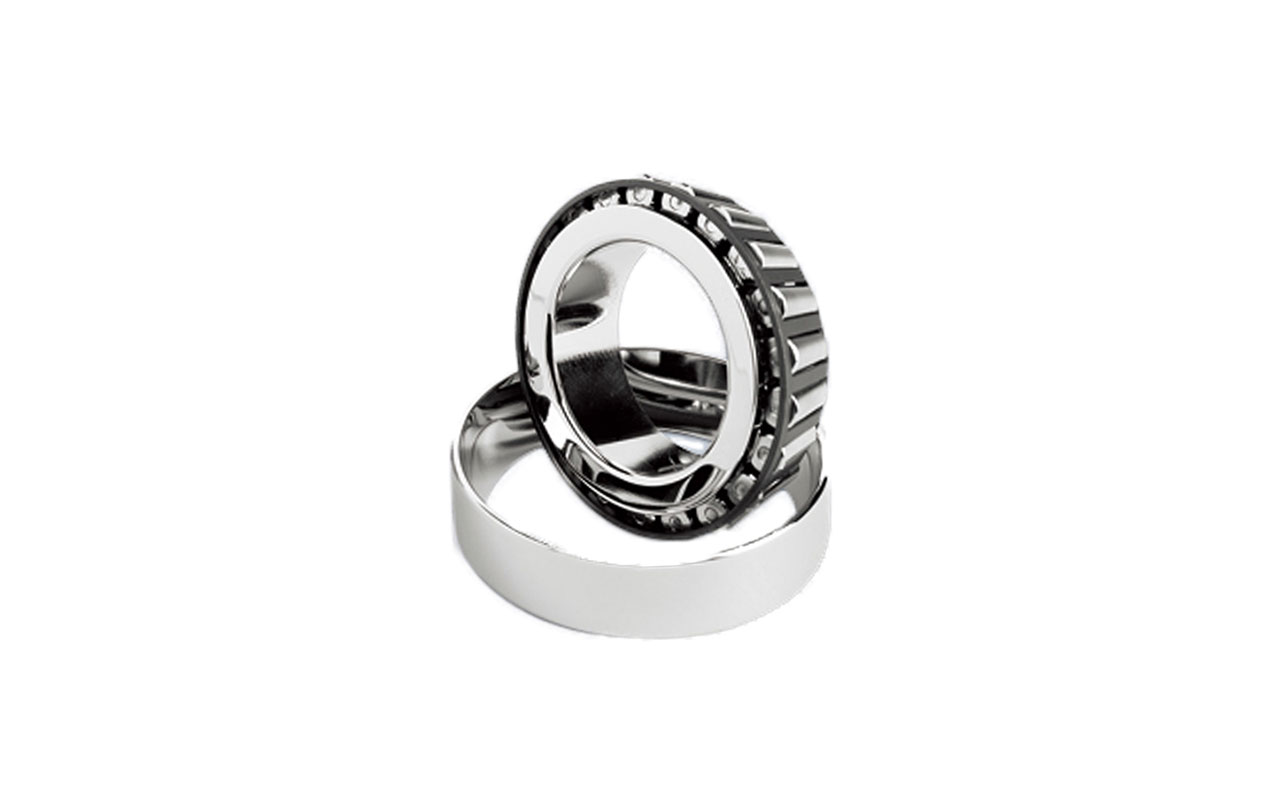Tapered roller bearings mainly bear radial and axial combined loads. Bearing bearing capacity depends on the raceway angle of the outer ring.
The larger the carrying capacity. This type of bearing is a separate bearing, which is divided into single, double and four-row tapered roller bearings according to the number of rows of rolling elements in the bearing. The clearance of single-row tapered roller bearings needs to be adjusted by the user during installation; the clearances of double-row and four-row tapered roller bearings have been given according to user requirements when the product leaves the factory, and do not need to be adjusted by the user.
Tapered roller bearings have tapered inner and outer ring raceways with tapered rollers arranged between them. The projection lines of all conical surfaces converge at the same point on the bearing axis. This design makes tapered roller bearings particularly suitable for bearing combined (radial and axial) loads. The axial load capacity of a bearing is mostly determined by the contact angle α; the larger the angle α, the higher the axial load capacity. The angle is represented by the calculation coefficient e; the larger the value of e, the larger the contact angle, and the greater the applicability of the bearing to the axial load.
Tapered roller bearings are usually separated, that is, a tapered inner ring assembly composed of an inner ring with a roller and a cage assembly can be installed separately from the tapered outer ring (outer ring).
Tapered roller bearings are widely used in automobiles, rolling mills, mining, metallurgy, plastic machinery and other industries.





